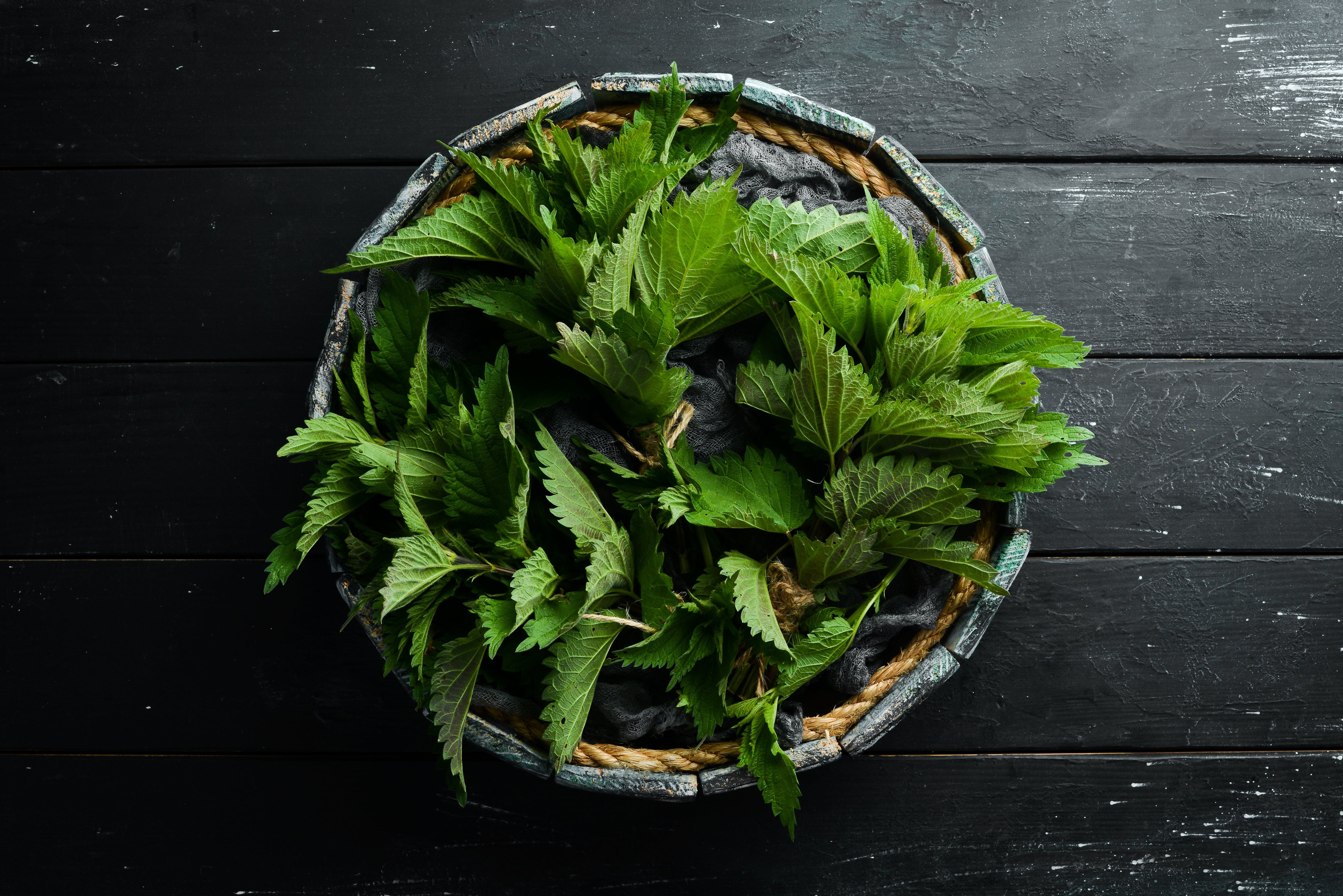Celandine Uses as a Medicinal Plant

Celandine is a perennial plant belonging to the poppy family. It has many properties, however, it is best known as a proven method for warts. In folk herbalism of many countries, it is believed that the milk juice leaking after breaking the plant is a proven way to remove warts.
It has been used traditionally as an herbal remedy for liver diseases, many ailments of the digestive system and for eye irritations. Calendine was used internally to support the liver and bile duct and protect against liver damage caused by hepatitis. It has also been used to stimulate digestion and treating cramps related to the digestive system.
The main active ingredient found in greater celandine is the alkaloid chelidonin. Chelidonin has an antispasmodic effect and seems to specifically target the bile duct and bronchi. Furthermore, the substance has mild tranquilizing properties.
When the herb is intended for internal uses it is considered to have somewhat limited value and it is seldom used by herbalists on its own but rather in combination with other medicinal herbs. Today, it is mainly used as an ingredient in herbal teas for its antispasmodic effect on the gallbladder and to stimulate bile flow.
The study indicated that the herb could be useful in the treatment of cramps-like conditions in the abdomen associated with irritable bowel syndrome. Another study found that when it was ingested in the form of a cough syrup or extract, it resulted in overall improvement in about 80% of a group of patients suffering from chronic bronchitis. The plant has also been found to be effective treatment for whooping cough.
Celandine has been used externally to speed up healing of minor wounds, cuts, and scrapes and as a relief for skin problems such as eczema. The yellow milk sap from the plant is a strong corrosive substance that can dissolve warts and corns due to the action of protein splitting enzymes. The herb has also antimicrobial effect and may be helpful as an external treatment for fungal infections.
It has been used traditionally as an herbal remedy for liver diseases, many ailments of the digestive system and for eye irritations. Calendine was used internally to support the liver and bile duct and protect against liver damage caused by hepatitis. It has also been used to stimulate digestion and treating cramps related to the digestive system.
The main active ingredient found in greater celandine is the alkaloid chelidonin. Chelidonin has an antispasmodic effect and seems to specifically target the bile duct and bronchi. Furthermore, the substance has mild tranquilizing properties.
When the herb is intended for internal uses it is considered to have somewhat limited value and it is seldom used by herbalists on its own but rather in combination with other medicinal herbs. Today, it is mainly used as an ingredient in herbal teas for its antispasmodic effect on the gallbladder and to stimulate bile flow.
The study indicated that the herb could be useful in the treatment of cramps-like conditions in the abdomen associated with irritable bowel syndrome. Another study found that when it was ingested in the form of a cough syrup or extract, it resulted in overall improvement in about 80% of a group of patients suffering from chronic bronchitis. The plant has also been found to be effective treatment for whooping cough.
Celandine has been used externally to speed up healing of minor wounds, cuts, and scrapes and as a relief for skin problems such as eczema. The yellow milk sap from the plant is a strong corrosive substance that can dissolve warts and corns due to the action of protein splitting enzymes. The herb has also antimicrobial effect and may be helpful as an external treatment for fungal infections.
All information is for educational purposes only and has not been evaluated by the FDA.
This information is not intended to diagnose, treat, cure, or prevent any disease.
Not intended for use by pregnant or nursing women. If you have a medical condition or are taking medication, consult your doctor prior to use.
This information is not intended to diagnose, treat, cure, or prevent any disease.
Not intended for use by pregnant or nursing women. If you have a medical condition or are taking medication, consult your doctor prior to use.






